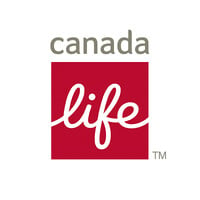
Canada Life
At Canada Life, we’re focused on improving the financial, physical and mental well-being of Canadians. Whether handling policy claims, help growing and protecting clients’ retirement and investment savings, providing workplace mental health support for all employers or helping build stronger communities by investing in community projects, we are committed to putting the customer first in all that we do. That trust is built on the dedication, skill and energy of our employees and advisors and their commitment to our customers and to our communities. Canada Life is a subsidiary of Great-West Lifeco Inc. and is a member of the Power Corporation group of companies.






